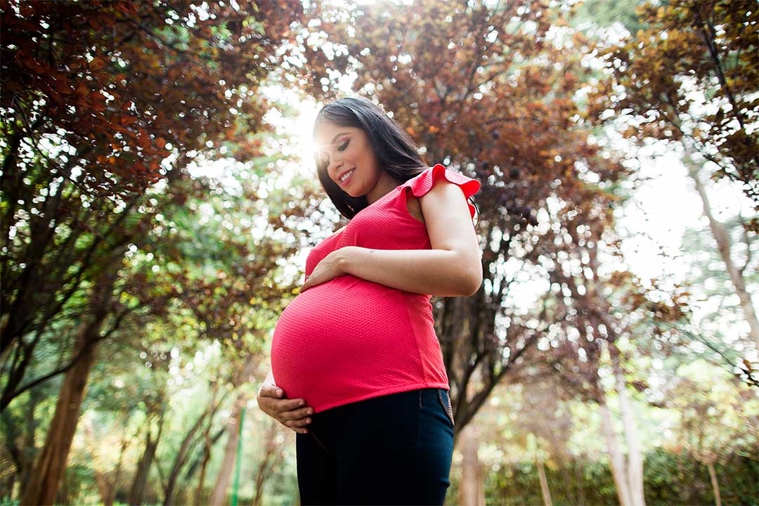
Feeling SAD? Try light therapy
SAD. It's a highly appropriate acronym for the condition it describes. SAD stands for seasonal affective disorder, a form of temporary depression that tends to occur in the fall and winter when the days are shorter and there's less light.
But SAD is more than just the “winter blues.” Like major depression, SAD can cause serious symptoms. And also like major depression, SAD can be treated.
The symptoms of SAD
The symptoms associated with SAD can range from mild to severe and can include:
- Feelings of sadness or a depressed mood
- Loss of interest in activities you used to enjoy
- Changes in appetite, such as eating more or craving carbohydrates
- Change in sleep (usually sleeping too much)
- Loss of energy or increased fatigue
- Increased restlessness, or slowed movements and speech
- Feeling worthless or guilty
- Trouble concentrating or making decisions
- Thoughts of death or suicide, or attempted suicide
People who experience these symptoms annually for at least two years can be formally diagnosed with SAD. While researchers don't know the exact causes of SAD, they do agree that a lack of light is a main contributor.
Shedding light on SAD
How can a lack of light cause such severe symptoms? Sun exposure stimulates a part of the brain that helps control your circadian rhythm. That's your body's 24-hour sleep-wake cycle.
Your circadian rhythm can be thrown out of whack by a lack of light. This can lead your brain to make too much of the sleep hormone melatonin. At the same time, your brain produces less serotonin—a chemical that elevates your mood.
As you can imagine, people who live in northern areas where there's less light in fall and winter are more likely to experience SAD. Having a family history of SAD or other depressive disorder can also raise your risk.
Bright ideas for treatment
Since SAD is so closely linked with lower exposure to light, increasing your light levels can help reduce symptoms. For example, you might want to try moving your work desk closer to a window. Or take your breaks outdoors when the sun comes out from behind the clouds.
Another treatment you might want to try is a light therapy box. This is a lamp that emits a very bright, white light, functioning like sunlight. Most people get some relief from light therapy within one or two weeks of starting treatment.
Here are some tips for using light therapy:
- Get the right light. Your light box should have a 10,000 lux exposure. Lux is a measure of light intensity. (A bright sunny day is 50,000 lux or greater.)
- Avoid staring at the light. Keep the box just off to the side and about a foot away.
- Take your time. You should absorb light from your lamp for about a half hour a day. You can get your 30 minutes over several sittings.
- Start in the morning. Try to get in at least some light before 10 a.m.
Light therapy can have some side effects at first, like headaches and irritability. If you have a family history of macular degeneration, exposure to light therapy over the years may increase your risk. Also, some medications—like tetracycline—can make your skin more sensitive to light. Talk with your doctor if any of these apply to you.
When light's not enough
Before you try light therapy, it's a good idea to talk with your doctor to be sure you really have SAD. Some disorders—like thyroid problems—can be mistaken for SAD.
If you do have SAD and light therapy doesn't work, your doctor might suggest antidepressants. He or she also might refer you to a mental health therapist. Cognitive behavioral therapy has been shown to be an effective treatment for SAD.
Keep moving during the winter
Another mood booster to try is exercise. Check out these four ways to cross-train during the winter.



